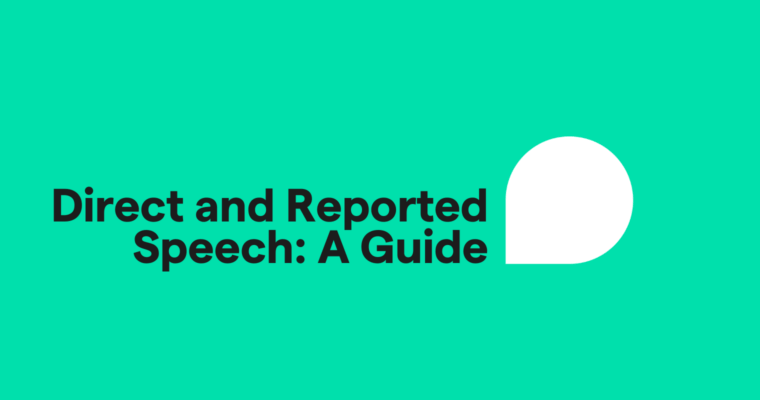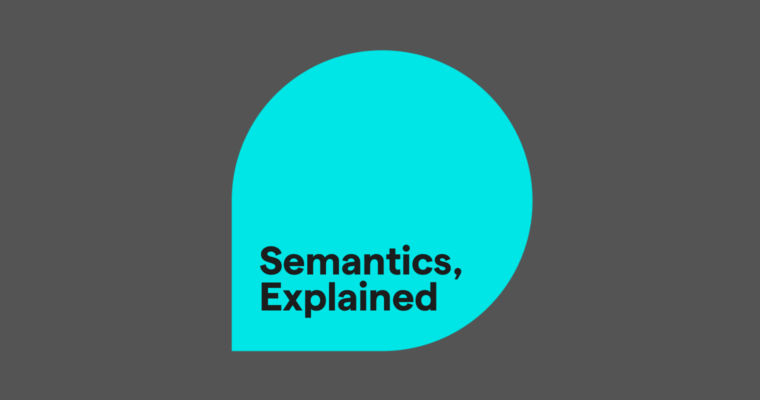
Linking words, also known as transition words, are words and phrases like however or on the other hand that connect clauses, sentences, paragraphs, or other words. The purpose of linking words (which are different from linking verbs) is to make communication smoother and more logical when moving from one idea to another.
Linking words are an essential part of writing to “link” all your ideas in a way that flows without interruption. In this guide, we explain everything you need to know, including some linking word examples. But first, let’s take a closer look at the question “What are linking words?”
What are linking words?
Linking words and phrases like however, additionally, or for example are used to connect different ideas in a way that makes writing smoother and more fluid. To understand why linking words are important, it’s best to see what writing looks like without them.
She was running late. She stopped for coffee.
These two sentences are correct in their grammar, but they are a little difficult to read. Logically, they seem contradictory—if she was late, why did she stop for coffee? The change from one idea to another is too abrupt.
Let’s see how those sentences read with a linking word.
She was running late. However, she stopped for coffee.
The ideas are the same as in the first example, but the linking word however helps transition between them. It signals to the reader that the topic is changing so it doesn’t surprise them.
In this way, writing can transition from one idea to a drastically different one without confusing the reader. This greatly improves the flow of writing, making it easier to read.
Keep in mind that linking words are not the same thing as linking verbs, even though their names sound the same. One specific type of linking word, conjunctions, have elaborate and distinctive grammar rules, so in this guide we’re going to focus exclusively on linking words used as transition words.
How to use linking words
Linking words generally come before a new idea as a way to introduce it. This includes new clauses, new sentences, and new paragraphs, as well as standalone words and phrases.
When a linking word or phrase begins a sentence, clarity is usually helped if you place a comma after it.
Peanut butter and jelly sandwiches contain a lot of healthy nutrients. Moreover, they’re delicious!
This works in most situations as long as the linking word does not take an object. But certain linking words or phrases, like despite, besides, and in spite of, use an object, in which case you should put the comma after the object.
The principal wanted to cancel the pizza party. Besides the principal, everyone else wanted it to happen.
On the other hand, using a linking word to connect clauses in the same sentence has its own rules. There are two different methods: using a semicolon or placing the linking word after a conjunction.
If the clauses are connected by a semicolon, place the linking word after the semicolon. Then, place a comma after the linking word, before the rest of the clause.
First, plant one foot next to the ball; next, strike the ball with the bone above your big toe; last, follow through with your leg to send the ball forward.
If the clauses are connected by a coordinating conjunction (for, and, nor, but, or, yet, and so), no additional punctuation is necessary. However, you can add commas if you feel the linking word should be set apart from the rest of the sentence.
We were tired after the match, but without a doubt we still wanted to celebrate.
We were tired after the match, but, without a doubt, we still wanted to celebrate.
Both of the examples above are acceptable; whether or not to add commas depends on the author’s style.
Likewise, if the linking word is used to connect phrases or words instead of entire clauses, commas are optional.
Engineering requires an understanding of technology, communication, and above all mathematics.
Engineering requires an understanding of technology, communication, and, above all, mathematics.
7 times to use linking words, with linking word examples
1 Adding more information
Studies show deforestation has negatively affected air quality. Additionally, thousands of animals have been displaced.
Babysitting is an easy way to make money, and furthermore it’s fun!
2 Contradicting a previous idea
Smash Bros. is a game of strategy, intelligence, and agility, although you can still win by mashing buttons randomly.
The rain ruined our plans for a pool party. Nevertheless, we still had fun together indoors.
3 Emphasizing a particular idea
Chancellor Otto von Bismarck loved dogs; in fact, he often took his pets on diplomatic missions.
We decided to cut our losses and call it a night. Undoubtedly, it was the right choice.
4 Organizing points sequentially
First, we tilled the soil. Second, we planted the seeds. Third, we watered the garden.
We never noticed the mole above his lip before. Previously, his mustache had covered it.
5 Showing cause and effect
The rabbit was so sure they’d win, they decided to take a nap. Consequently, the turtle had time to overtake the rabbit and ultimately win the race.
Both competitors have been individually disqualified; therefore, no winner will be announced.
6 Introducing examples or specific details
English is a weird language. For example, why are there so many letters in the word through?
All my favorite foods are desserts, namely cakes.
7 Summarizing
The achievements of the ancient Greeks lasted much longer than the Macedonian Empire. In short, Europe would not be what it is today without them.
The results of our study show clearly the threat is imminent. In conclusion, we must act immediately.
Linking word FAQs
What is a linking word?
Linking words and phrases like however or on the other hand connect clauses, sentences, and paragraphs. The purpose of linking words is to make communication smoother when moving from one idea to another.
How do linking words work?
Most linking words introduce a new idea by relating it to the previous idea. Specific linking words signal that the topic is shifting so the reader is not surprised or confused.
When should you use linking words?
You can use linking words for a variety of reasons: adding new information, contradicting a previous idea, emphasizing, organizing points sequentially, showing cause and effect, introducing examples, or summarizing.





